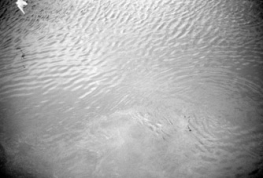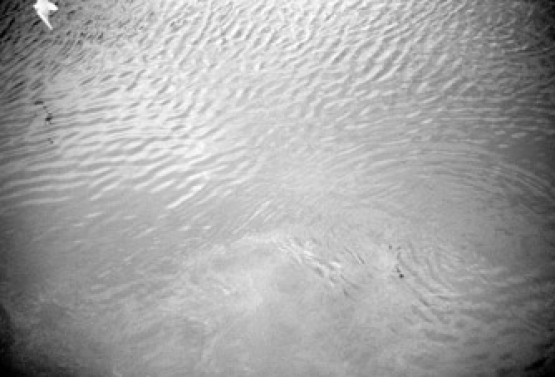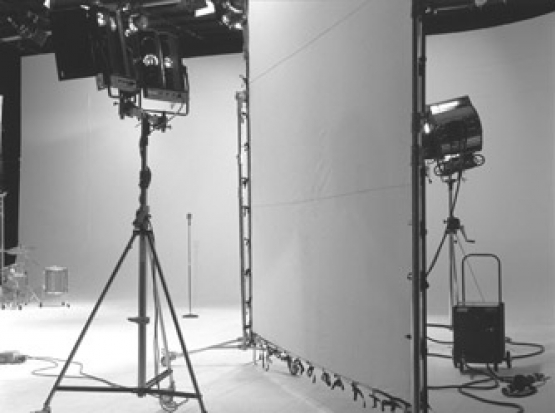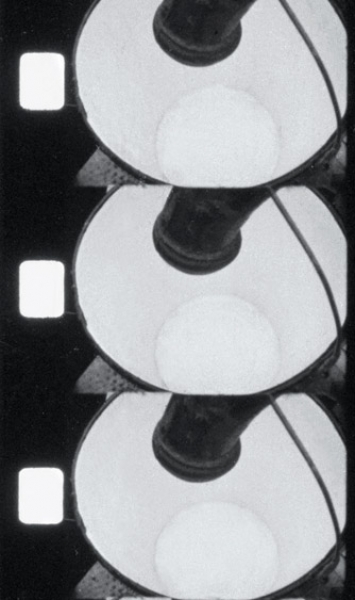James Coleman (b. 1941, Ireland) is one of the most important artists in contemporary art. He has exhibited extensively in international art museums and galleries since the 1970s. Selected solo exhibitions include: Musée d’Art Moderne de la Ville de Paris, Paris (1989), Dia Center for the Arts, New York (1994-95), Kunstmuseum Luzern, Luzern (1995), Centre Georges Pompidou, Paris (1996), Vienna Secession, Vienna (1997), Palais des Beaux Arts, Bruxelles (1999), Fundació Antoni Tàpies, Barcelona (1999), Kunstbau Lenbachhaus, Munich (2002), Sprengel Museum Hannover (2002). Coleman has also participated in many international group exhibitions, including documenta.
James Coleman's work emerges in the late 1960s, within the context of the profound changes of the period and its concerns with the redefinition of the art object. Coleman's early works, incorporating theatrical scenes, are regularly presented as large-scale projections, utilizing slide projectors with synchronised audio narration. These early slide works, such as Slide Piece (1972-73), feature spoken language, enunciated in a rhetorical fashion that reveals interrelated ways in which meaning is produced through language, imagery, and space; a theme that continues as a distinctive presence in the artist's current works.
James Coleman profoundly re-defines the concepts of representation and image, implicitly developing a discourse on the re-invention of the medium itself. In works such as Playback of a Daydream, 1974, and Seagull, 1973 (2002), included as part of the Museu do Chiado – MNAC exhibition, Coleman expands on these concerns by exploring how contemporary theories of perceptual psychology, linguistic philosophy and literary theatre can be used to question the subject and object of 'art'. By adapting commercial technological media – photography and film – as artistic forms in works such as La Tache Aveugle, 1978-90, the artist engages the viewer in reflecting upon changes that were occurring in socio-political and cultural issues. The spectator is invited and encouraged to contemplate the act of perception and interpretation within the exhibition space, which is specifically designed to accommodate their subjective positioning when viewing the work.
The artist's concerns regarding communication are evidenced in Coleman's work of the 1980s and 1990s. Charon (MIT Project), 1989 can be understood to be Coleman's most explicitly self-referential work about photography, where photography's direct and active influence in the construction of personal and social memory, together with subjective identity, is quite literally staged and acted out in separate but interrelated narrative episodes.
In other works from this period (Background, 1992, and INITIALS, 1994) Coleman continues his investigation of the psychological, social and historic conditioning of perception, exploring cultural, visual and literary stereotypes that underscore the way in which our perception of the world is filtered by images.
With Lapsus Exposure, 1992-94, also included in the Museu do Chiado – MNAC exhibition, the authority of photography's claim to documentary authenticity and historical memory is again put into question, by reflecting on the reciprocal presence of theatrical staging and vocal 'speech' as embodied within photographic image, accentuated by the contemporary advent of digital photography.
List of works: Pump, 1972, Seagull, 1973 (2002), Playback of a Daydream, 1974, La Tache Aveugle, 1978-90, Connemara Landscape, 1980, Charon (MIT Project), 1989, Lapsus Exposure, 1992-94, in addition to a new work, to be premiered at the Museu do Chiado – MNAC in January 2005.
Publication: Exhibition catalogue (Portuguese and English) with essays by: Benjamin H. D. Buchloh, Jacinto Lageira, Pedro Lapa and Kaja Silverman.













